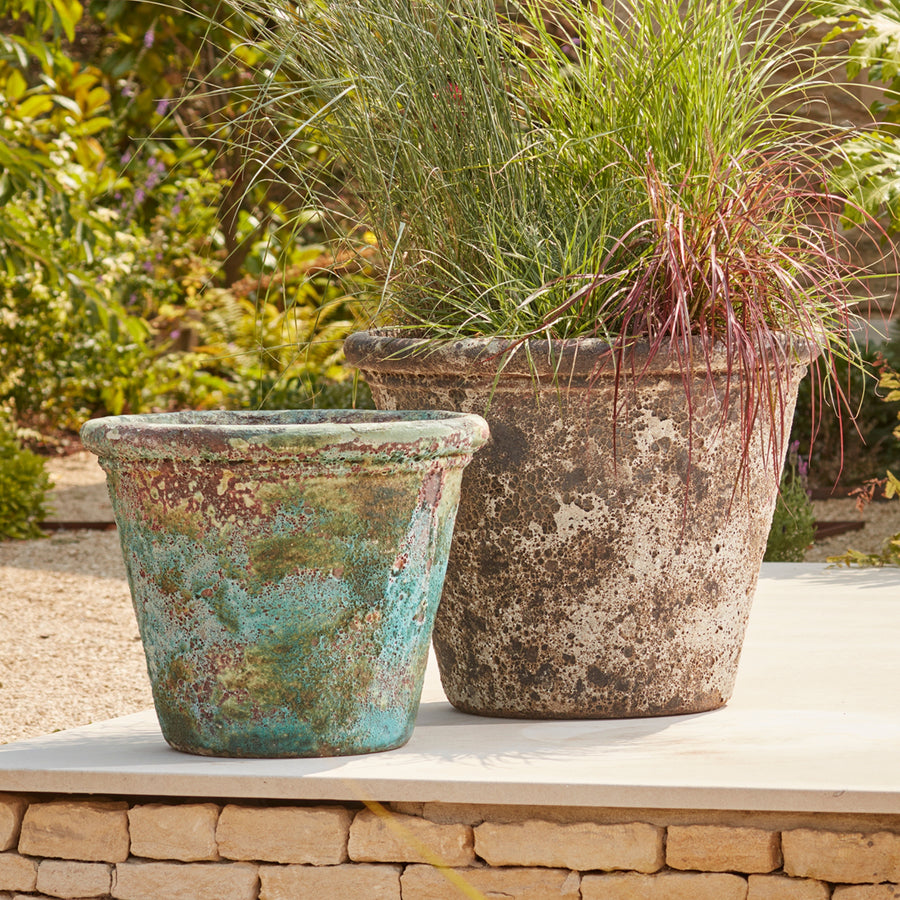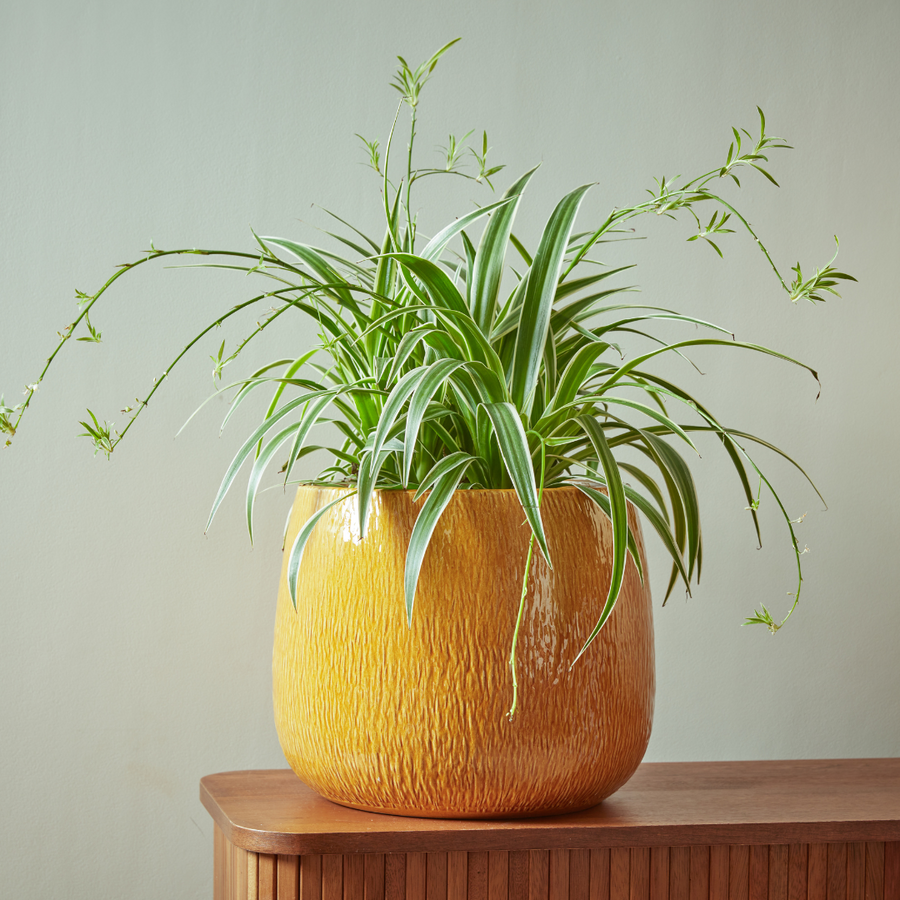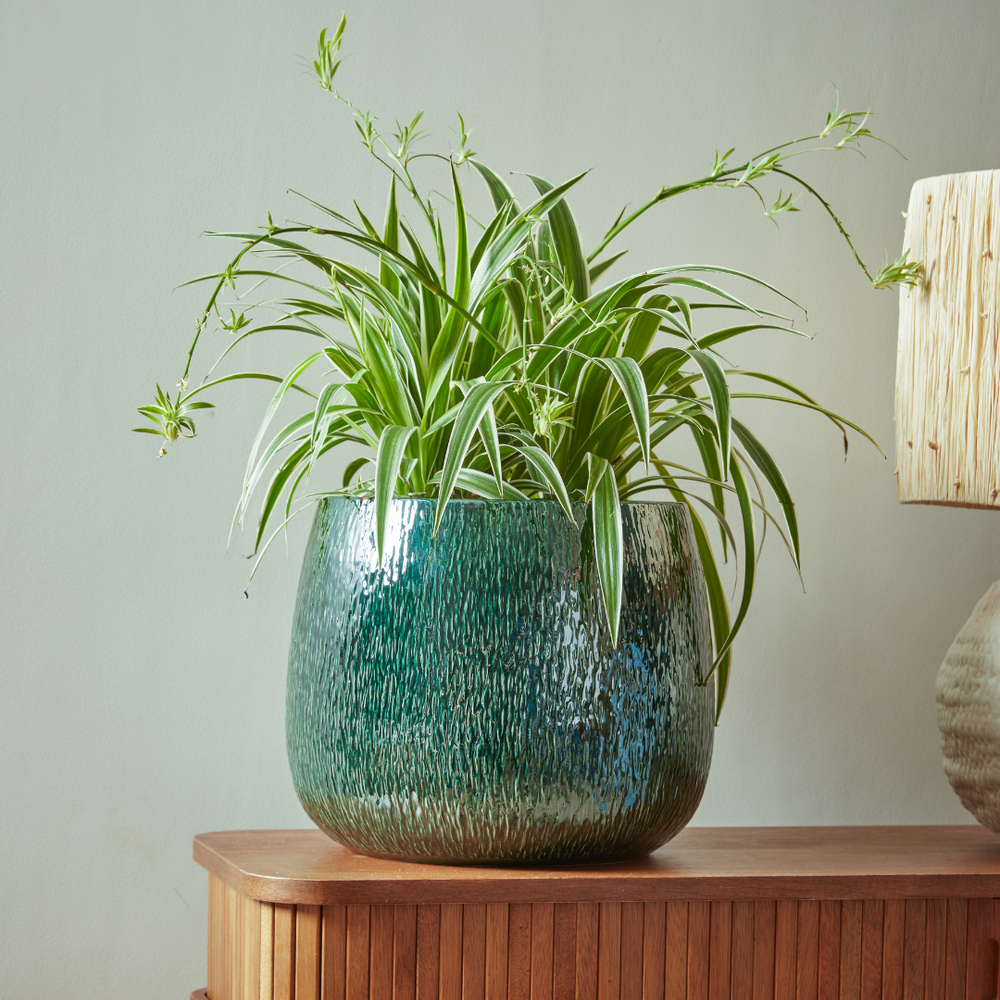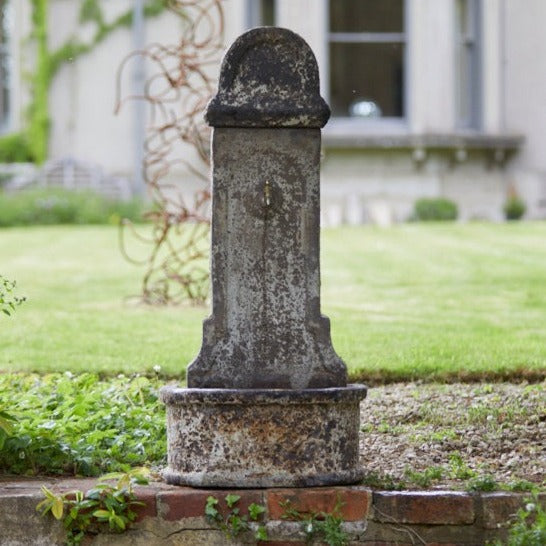The Hidden Benefits of Using Egg Shells in Your Garden
Using Egg Shells in the Garden for Nutritious Soil
The next time you crack a few eggs to make breakfast or for baking, don’t toss away the shells as they can be a great organic additive to your garden. Crushed eggshells can add valuable nutrients back into the soil with the high-level of calcium being very beneficial to plants. So, with Easter just around the corner, and the sun finally out, now is a great time to get out in the garden and utilise a traditional kind of egg.
Plant pots for germination
Creating your own egg shell planters for seedlings to nest and grow is an economical and sustainable way to start gardening. Egg shells are an organic material and full of calcium which helps plants thrive, so once you’re ready to bring them outside, you can put the entire shell into the ground where it will nourish both the soil and your plants. Since space is limited in your egg shell planters, we recommend growing smaller plants like herbs and flowers. For transplanting, consider using a well-draining pot like our Terracotta Planters, which allow air to circulate around the roots, preventing waterlogging and promoting strong growth.
Instructions
- Start saving your egg shells from breakfast. Halve them and make sure you rinse them out thoroughly.
- Using a small needle, make a small hole in the base of each egg shell for drainage.
- Using a teaspoon, add seed compost to the egg shell. A special seed compost allows the root system to grow freely creating a strong and healthy plant.
- Add the seeds to the soil and slightly push down gently just until the seeds are fully covered. Herbs are fun and easy to grow. Try basil, parsley, cress and chives.
- Position on your windowsill in an egg carton and using a spray bottle, gently mist each egg shell with water every two to three days.
When your seedlings have grown a couple of inches tall, it’s time to transplant them out into your garden or container. (Don't forget to browse our collection of Pots and Planters). Gently crush the outside of the egg and plant the eggshell inside of the new pot or garden, making sure it is completely buried. The egg shell will naturally decompose in the soil, giving your plants extra nutrients, making them both healthy and strong.
Fertiliser
The shell of a chicken egg is comprised of about 96% calcium carbonate (CaCO3). Calcium is an essential plant nutrient and moderates soil acidity. Fast-growing plants deplete the soil of calcium very quickly so egg shells are an ideal supplement and feed for outdoor flowers, vegetables and fruit trees in your garden.
During the winter months, crush the shells by using a mortar and pestle and sprinkle over the container or garden border where you will plant come springtime. Alternatively, you can add crumbled eggshell directly into the bottoms of your planting holes. It is beneficial to use egg shells when growing your own vegetables like tomato, pepper and aubergine or plants such as roses, hydrangeas, spider plants, ferns and ivy. For larger plants that require deep, nutrient-rich soil, our Ancient Stone Garden Pots provide ample space while maintaining moisture balance, making them ideal for calcium-loving plants.
Another way to add this homemade fertiliser to your plants is through a calcium solution. You can finely crush the shells and turn it into water-soluble calcium that can be added to your watering can, and will be easily absorbed by the plant’s root system.
Pest deterrent
Egg shells can also be used as a form of organic pest control. If you have problems with slugs and snails or crawling pests in your garden, try sprinkling crumbled eggshells around the plants where these little critters like to gather. The shells act like shards of glass which will keep them at bay around your delicate plants.
If growing brassicas, the egg shells are also believed to deter cabbage white butterfly who mistake the white sheen as other competitors. Cats don't like walking on noisy, sticky, or sharp things so if you have a furry friend that likes using your garden bed as a litter tray, egg shells are the perfect solution.
Composting
You can add almost anything organic to a compost heap that is “green and brown.” Egg shells break down over time and because they are full of essential nutrients like calcium, minerals and proteins, are ideal for your compost bin. If you're looking for other resources on what soil is good for your plants, we highly recommend checking our the RHS for more information. If you’re incorporating compost into container gardening, our extra-large Terracotta Pots offer excellent aeration, ensuring your compost-enriched soil remains well-balanced and fertile for long-term plant health.
Make sure you wash your egg shells before adding them to compost so that they don’t attract animals. You will need to crush them to a powder, which when added to your compost will benefit plant growth and aids in building cell walls. The egg shell pieces come out small this way and are rarely noticeable amongst the compost and mulch.
Making use of the egg shells in the garden is an economical way to recycle something that is normally seen as waste and thrown away.




